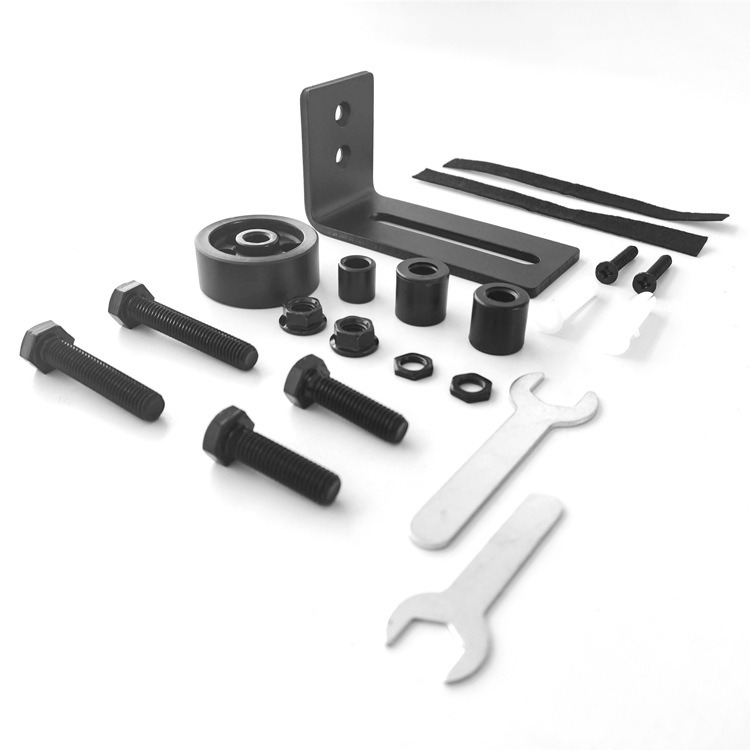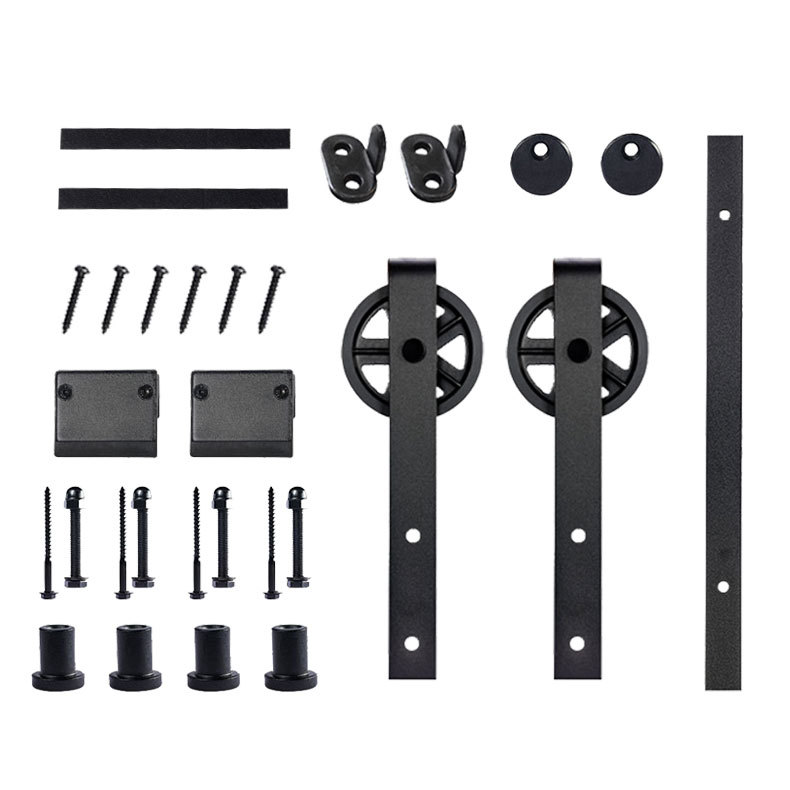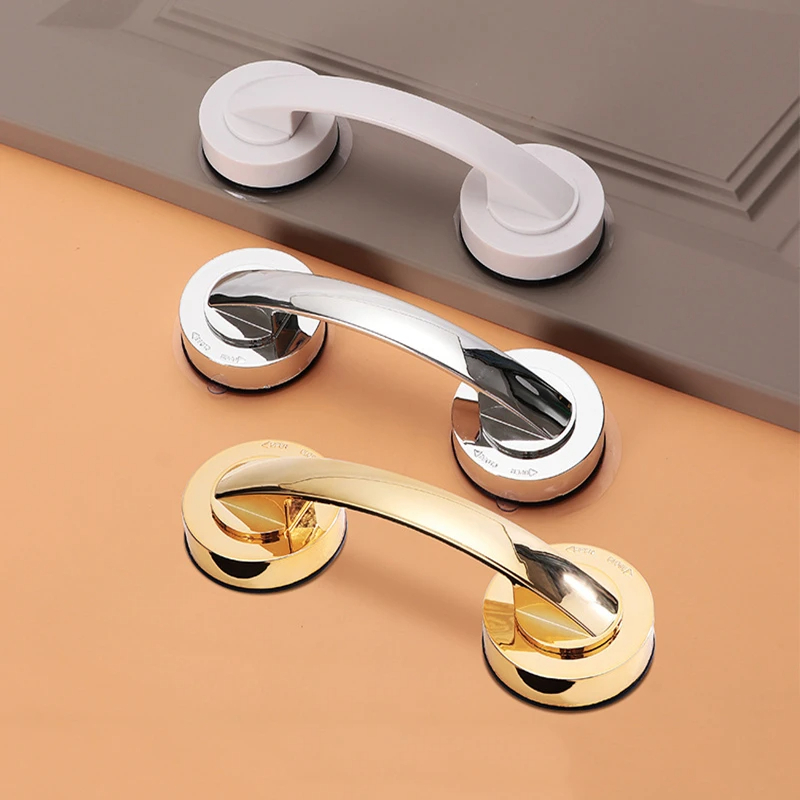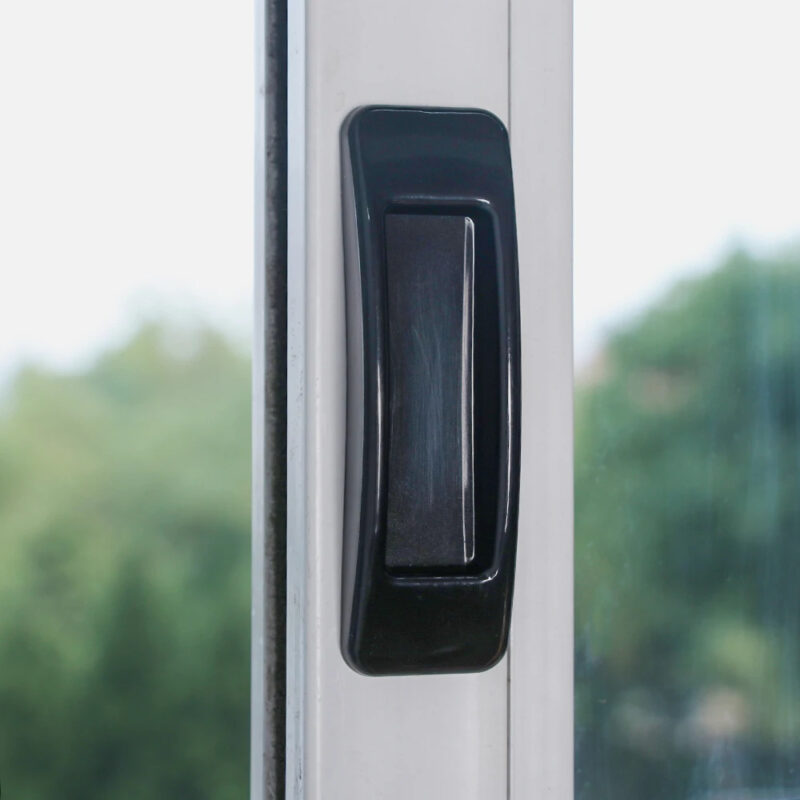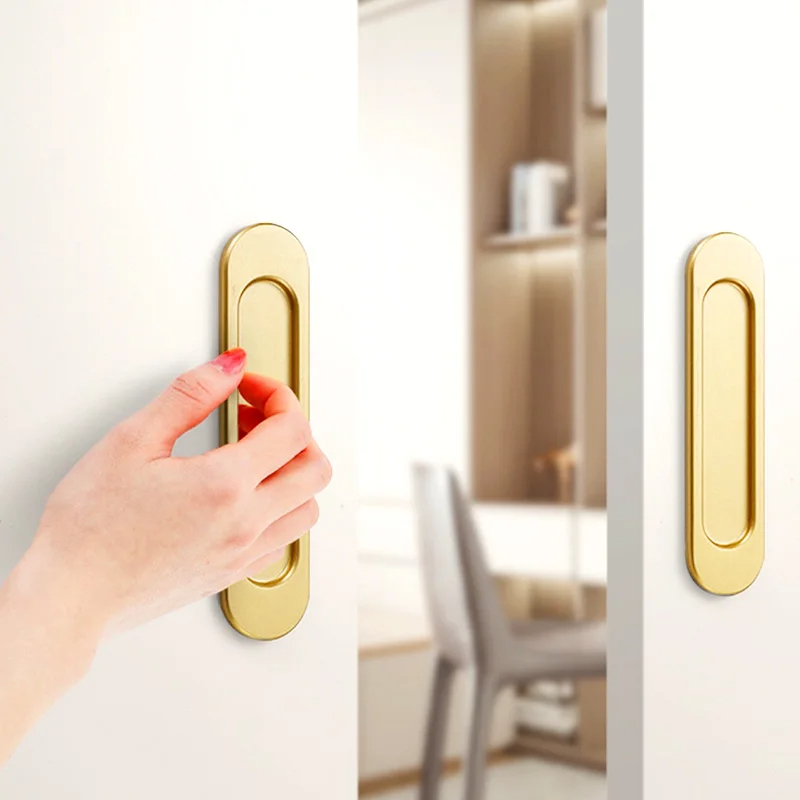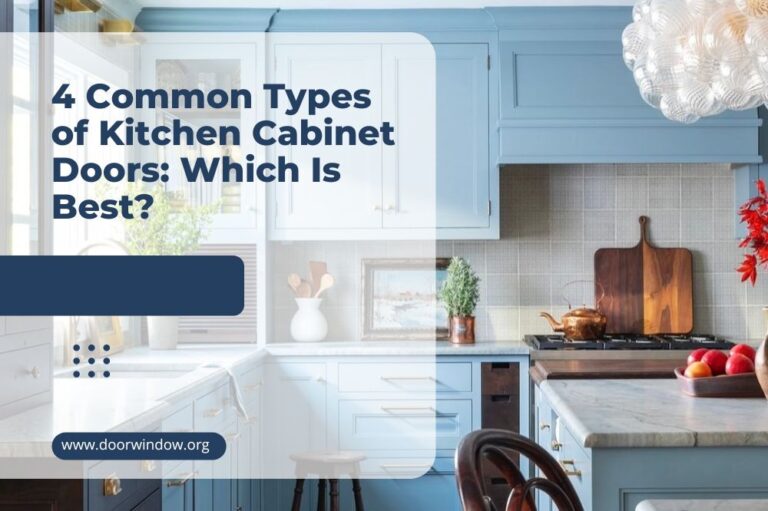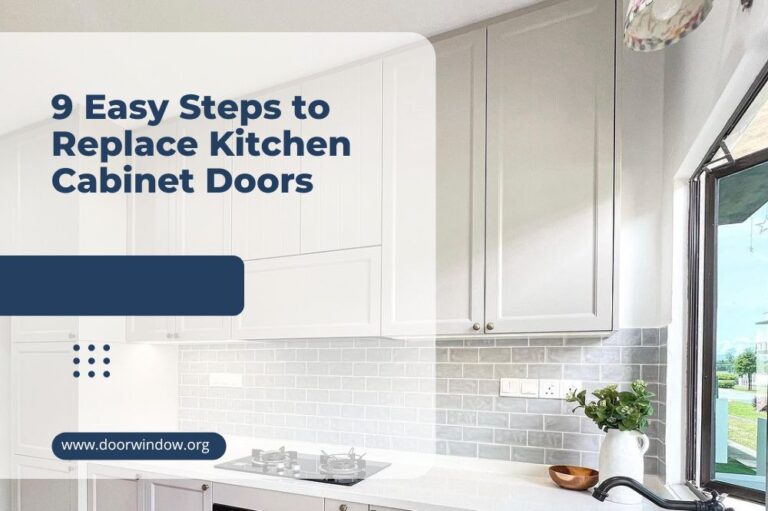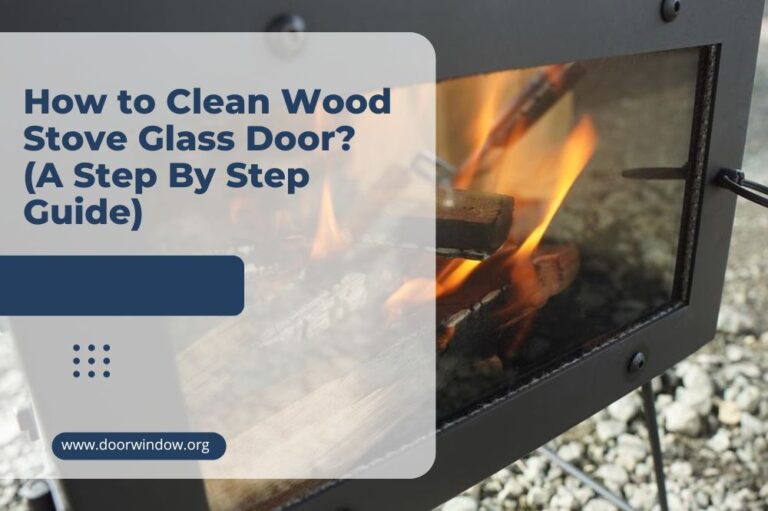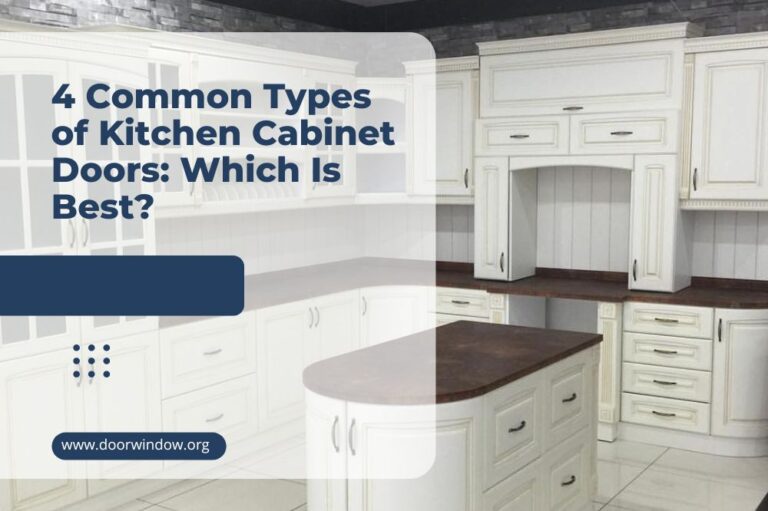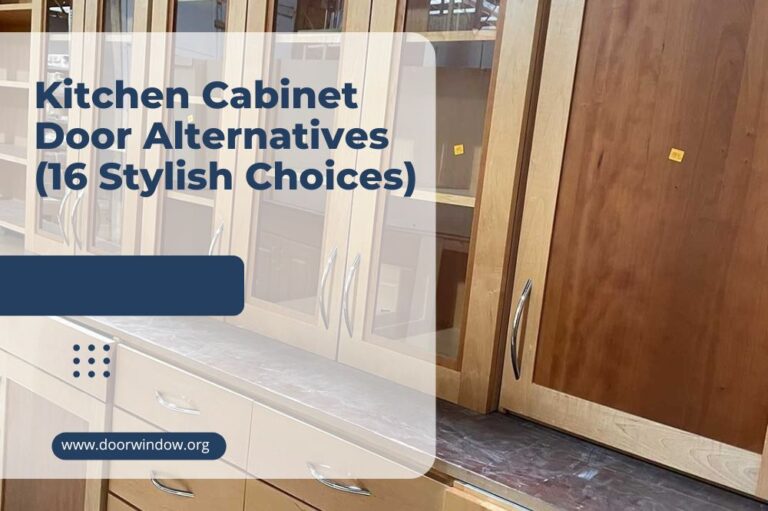Cabinet Hinge Types (Complete Guide)
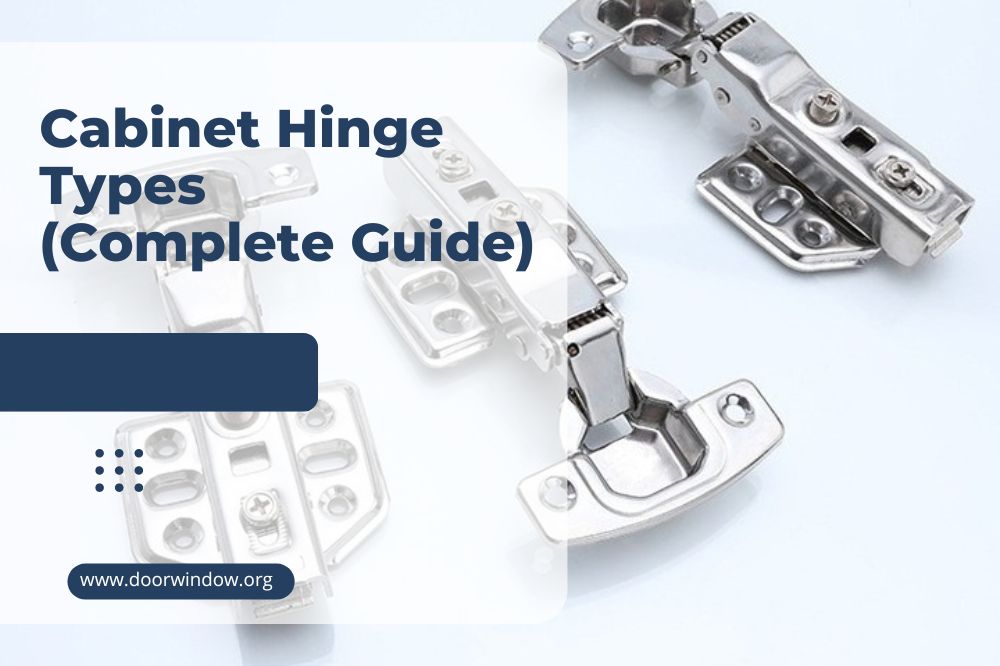
Cabinet hinges come in different types and finishes, each possessing distinct features affecting how they operate. Although there are an array of options available, determining the perfect cabinet hinge for your cabinet can be quite tasking. Not to mention that the type of cabinet door hinge you choose can significantly impact the ambiance and functionality of your home.
This article discusses the various cabinet hinge types, special features, and how to pick the best one.
Cabinet Hinge Types Based on Design
Cabinet hinges take different shapes and structures based on their intended purpose. Some are designed to be aesthetically pleasing while others are designed to enable seamless motion. Cabinet hinges under this category include:
- Face frame hinge
- Overlay hinge
- Wrap-around hinge
- Butt hinge
- Flush hinge
- Inset hinge
- Offset hinge
1. Face Frame Hinge
People most frequently select face frame cabinets as their preferred hinge style. With this type of cabinet, you’ll notice that a thin frame surrounds the opening of the cabinets. This design makes opting for a face frame hinge crucial. This hinge attaches to the face frame on one end and the door on the opposite end.
From the exterior of the cabinet, you won’t be able to see this hinge. Cabinet doors that sit in front of or over the face frame can move thanks to the hinge’s construction.
2. Overlay Cabinet Hinge
How your cabinet doors and frames come together is known as an overlay. Overlay hinges come in two varieties: full overlay hinges and partial overlay hinges.
You’ll require a full overlay hinge for doors completely enclosing the cabinet’s face. Although they can come in a variety of designs, they usually fit within the cabinet and are attached to the door and face frame. For a frameless cabinet, these hinges usually attach to the interior.
If the two doors on your cabinet meet in the center and share a little wall or partition, you should consider using a partial overlay hinge. These hinges attach to the interior of the doors, enabling them to open close to one another without colliding.
3. Wrap-Around Hinge
Wrap-around hinges feature two faces: one that fastens to the rear of the door and one that extends around the face frame or cabinet frame before going into the cabinet.
Your cabinet doors will benefit significantly from the solidity and support that this type of hinge can provide, particularly if they are heavy. Make sure to choose a finish that complements your design because the connection of these hinges will be noticeable from the cabinet’s exterior.
4. Butt Hinge
One of the most popular hinge types for cabinet doors is the butt hinge. Here, both sides of the hinges fan outward, and because both sides are attached to the joint, they can move freely. Picking a finish that complements your cabinet finishes is vital because you’ll usually be able to see the seam from the cabinet’s exterior.
A ball joint or a central pin enables the movement of a butt hinge. Despite being intended to be straightforward, they are also a dependable alternative for people seeking a hinge that is both durable and easy to install.
5. Flush Hinge
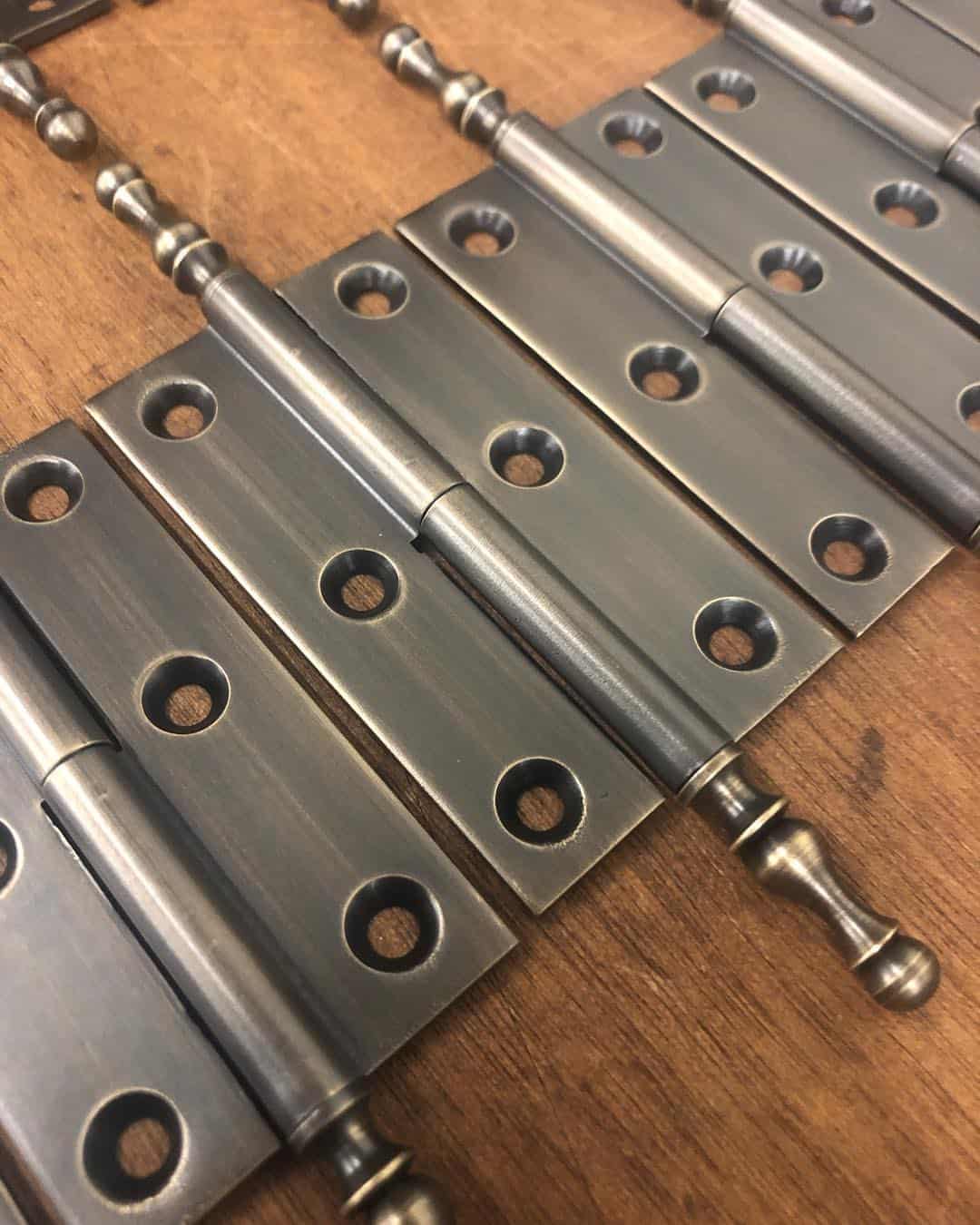
When it comes to how they fasten to a cabinet door and frame, flush hinges are identical to butt hinges. However, because the small fraction of the hinge merges with the greater part when the door shuts, making it appear to be one solid piece, these hinges can fit much more snugly inside the door.
Choose a finish that you prefer since you will be able to see the flush hinge joint from the exterior of the cabinet. A mortise won’t be necessary for a cabinet door to close properly with a flush hinge, unlike a butt hinge.
6. Inset Hinge
Inset hinges are unique because they serve dual purposes. First, the hinge’s frame wing fastens to the cabinet door frame and serves as a decorative piece. Likewise, the hinge’s door wing fastens to the door and is only visible from the inside and concealed when the door is closed.
7. Offset Hinge
When cabinet doors don’t fit entirely against the frames due to the thickness of the cabinet door causing them to rub against the opening frame, offset hinges are used to enable the attachment of the doors to the frames.
Since they attach to the door and cabinet frame from the outside, these hinges are only decorative. Therefore, they don’t need to take up any additional space in a situation where the door and cabinet frame are already quite broad.
Cabinet Hinge Types Based on Functionality
All cabinet hinge types incorporate features that allow them to function as desired. Depending on their features, they may serve as ornamental pieces, be used to support more cabinet load, and so on. cabinet hinges that fall under this category include:
- Decorative cabinet hinge
- Demountable hinge
- Heavy duty hinge
- Concealed hinge
- Self-closing hinge
- Soft-closing hinge
1. Decorative Cabinet Hinge
This cabinet hinge type offers both functional and aesthetic purposes. It serves as a hinge by fastening to the door, but it also features a decorative surface that is visible on the cabinet door’s exterior.
Some variations of this kind of hinge serve primarily ornamental rather than practical objectives. In this instance, there may be an actual hinge on the inside of the door and a decorative hinge on the outside to further accentuate the cabinetry’s details.
2. Demountable Cabinet Hinge
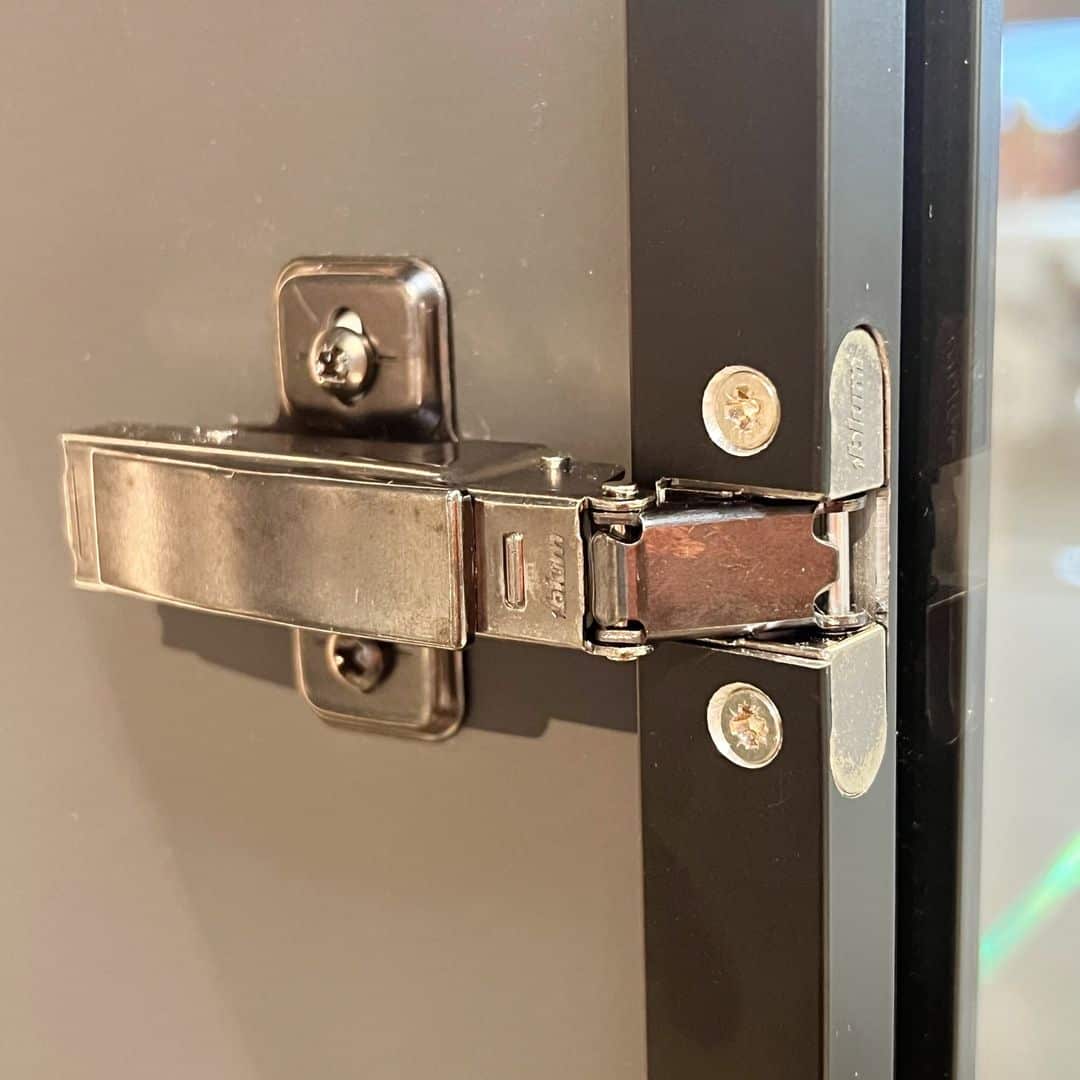
Cabinet doors that are fastened to demountable hinges can be taken off. These hinges are beneficial for your kitchen cabinets since you can take them out for a quick cleaning process without having to remove any hardware
There are single- and double-demountable variations of these hinges depending on the structure of your cabinet.
3. Heavy Duty Cabinet Hinge
Compared to standard hinges, heavy-duty hinges can support a higher weight. As a result, you can utilize them for your home’s cabinets, specifically if your cabinet doors are heavy due to the material used for their construction or largeness.
Heavy-duty hinges that can support a lot of weight while enabling simple opening and closing of a door include a barrel hinge and pivot hinge.
4. Concealed Cabinet Hinge
As its name implies, a concealed hinge isn’t visible from the cabinet’s exterior. House owners can use these hinges to give their cabinets the appropriate appearance.
This hinge attaches to the cabinet door’s interior and the frame’s surface, making the doors seem to be floating on the face of the cabinet frame.
A concealed hinge has the advantage of being placed where it is needed without drawing attention away from the aesthetics of your cabinets.
5. Self-Closing Cabinet Hinge
There are spring-loaded and hydraulic variants of self-closing hinges. Your cabinet doors can close independently utilizing either of these designs and their own weight.
One disadvantage of this type of hinges is that if they wear out or malfunction, you can end up with a door that is only possible to open once the hinges are taken off and replaced.
6. Soft-Closing Cabinet Hinge
While similar to self-closing hinges, soft-closing hinges have a few minor differences. For example, a cabinet door attached to a soft-closing hinge needs a slight push to close, unlike hinges that automatically close.
However, the hinge takes control after the door reaches a certain point, enabling it to move freely and close without slamming.
How to Choose the Right Cabinet Hinge Type?

Here are some vital things to note when choosing the ideal cabinet hinge.
1. Consider Your Door Overlay Style
To ensure that the cabinet door has the right amount of clearance when mounted, the hinge type you choose must match the design of the cabinet door you are installing. Overlay doors and inset doors are the two primary types of door overlay.
The most popular hinges for inset doors are inset concealed and surface mounts butt hinges. In addition, full and partial overlay, partial and full wrap-around, and surface mount hinges are a few popular options for overlay cabinet doors.
2. Select either Exposed or Concealed Hinges
Butt hinges and other exposed hinges are visible from the cabinet’s exterior. Both vintage and classic western cabinet types feature them rather frequently. Concealed hinges, on the contrary, provide a sleek outside appearance and a more modern style.
3. Select Between Surface Mount and Mortised
Surface mount hinges function precisely as the name implies; no drilling of holes or mortises is needed because they sit directly on top of the cabinet material. On the other hand, Mortise hinges must be installed through a hole that must be bored into the cabinet.
4. Decide if You Want Motion Features
Motion elements like soft closing hinges are becoming more and more common since they reduce slamming noises and make it possible to shut your cabinet without much use of your hands.
You can choose either a self-close hinge, which draws the cabinet door in with even less effort from the user or a soft-close hinge, which prevents cabinet doors from slamming by softly drawing them in.
You can also choose a self-open hinge that opens the cabinet door by pressing the cabinet front surface.
Final Thoughts
That’s all there is to it! With this list of available cabinet hinge types, we trust you can finally find a solution to all of your cabinet door hinge problems. Now, you can select the ideal cabinet hinges based on the size and design you want.

